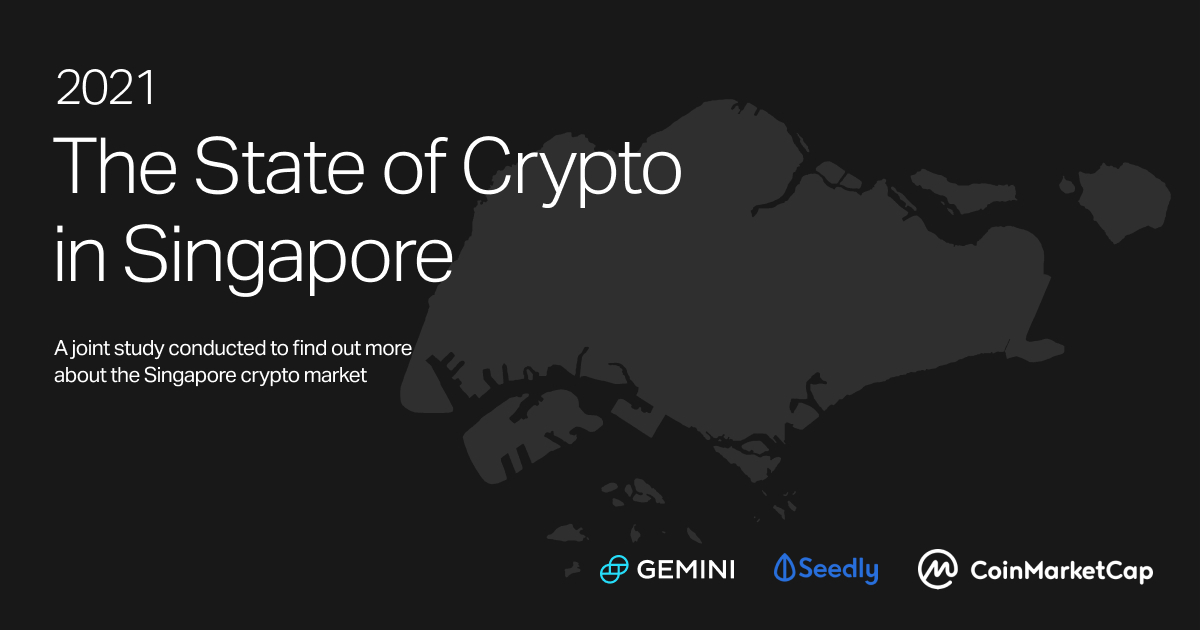Stablecoins sound simple but there are actually many different variants out there.
You have the deep liquidity depth ones like USDT and USDC which are dollar backed (fully or not is not my concern now) and then you have DAI which is crypto-backed and peg is maintained by Maker Smart Contract.
BUSD and GUSD are centralised based stablecoins which are also dollar backed.
UST dont seem to maintain peg as well as USDC for example because it lacks the liquidity depth, and all these depends on network effects.
If 1 billion people use USDT but only 10 million people use UST, then USDT will obviously be more widely used even if UST seemed to be better at maintaining its peg to the dollar.
You also have algortithmic backed crypto stablecoins like IRON/FRAX for example haha, but these have shallower liquidty depth so if you do a pair like IRON-USDC or UST-DAI, you may end up with more "low liquidity depth" stablecoins and lesser "high liquidity depth" stablecoins (ie lesser USDC&DAI, more IRON/UST)
At the end of the day its not so much about one stablecoin replacing the other but more of how many are actively using them.
As of now, most liquid ones are USDT followed by USDC then DAI. The rest are more or less ecosystem based stablecoins.






Stablecoins sound simple but there are actually many different variants out there.
You have the deep liquidity depth ones like USDT and USDC which are dollar backed (fully or not is not my concern now) and then you have DAI which is crypto-backed and peg is maintained by Maker Smart Contract.
BUSD and GUSD are centralised based stablecoins which are also dollar backed.
UST dont seem to maintain peg as well as USDC for example because it lacks the liquidity depth, and all these depends on network effects.
If 1 billion people use USDT but only 10 million people use UST, then USDT will obviously be more widely used even if UST seemed to be better at maintaining its peg to the dollar.
You also have algortithmic backed crypto stablecoins like IRON/FRAX for example haha, but these have shallower liquidty depth so if you do a pair like IRON-USDC or UST-DAI, you may end up with more "low liquidity depth" stablecoins and lesser "high liquidity depth" stablecoins (ie lesser USDC&DAI, more IRON/UST)
At the end of the day its not so much about one stablecoin replacing the other but more of how many are actively using them.
As of now, most liquid ones are USDT followed by USDC then DAI. The rest are more or less ecosystem based stablecoins.